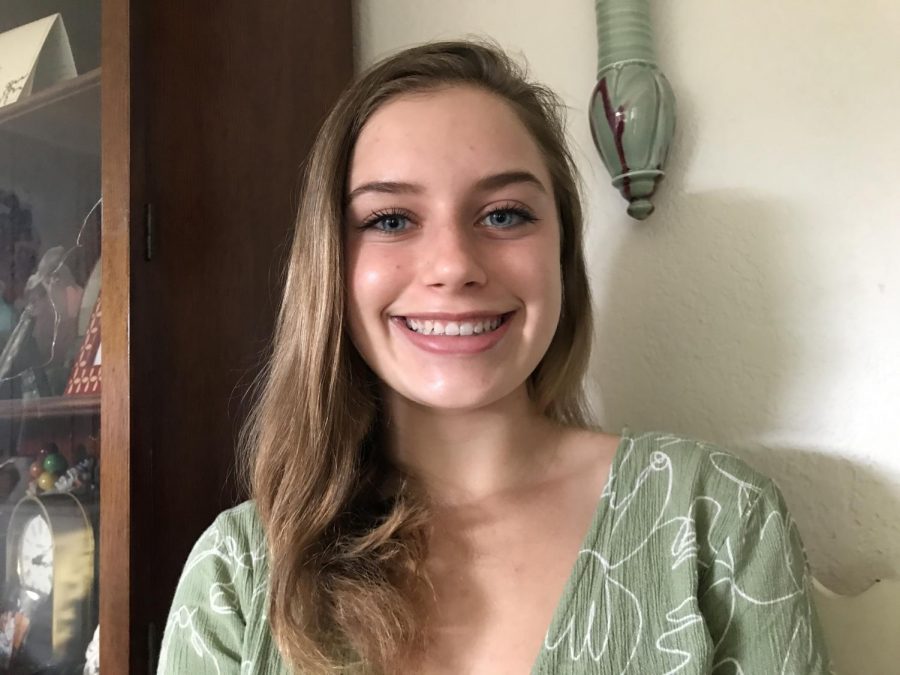Cinema Chats: A Column
September 21, 2020
High resolution imagery, long still shots, absolutely bursting with information, and all narrated by a British man with a lulling voice (preferably David Attenborugh): this is what comes to mind when the word documentary is used. From wildlife, to food, to travel, many documentaries utilize the genre’s nonfictional format to convey insightful information to the audience. However, the repetition of this style has led to the dismissal of the genre as boring, sleep-inducing, and brainy. Some of this criticism is justified, but the generalization undermines the greatness that can be achieved through this medium; the documentaries’ unique nonfiction story-telling ability, combined with the creative potential that cinema offers, allow such films to heighten their unique messages or narrative with significant artistic value.
Stylistic and directorial choices in particular are what truly allow documentaries to synthesize factual accounts and cinema to make a piece of artful film, infusing emotion and weight into the objective information. Kurt Kuenne’s Dear Zachary: A Letter to a Son About His Father is an ideal example. The story is edged along by a personal and tender narration, every shot is full of thought and care, and the editing choices reflect the fast pace and heavy emotion of the story. Dear Zachary is not limited by its label as a documentary in the way any other true crime doc may be. Not one part of the story is diluted or disengaging; rather, Kuenne embraces the genre’s potential to communicate a true story with impressive stylistic choices to impact the audience in a profound and unique way, making the documentation all the more significant.
Conversely, Todd Douglas Miller’s Apollo 11 merits exceptional value because of its simplicity in stylistic choices. The documentary uses almost exclusively previously unseen footage of man’s voyage to the moon, and is accompanied only by voice transcriptions of the ordeal and the occasional instrumental score. Miller takes an approach similar to that of an art conservator with the archival footage; he allows the original film and audio to narrate the story of momentous achievement, rather than tempering the genuineness of the film with a retrospective hand. What could be a simple compilation of shots of that historical week in 1969, or a detached list of facts and statistics of the launch, or a reminisced narration of the fateful tale, was so thoughtfully produced with the same awe and hope that the Americans of 1969 felt. It is a documentary in more than just mathematical details or objective story-telling. Like all other great documentaries, it is a film that captures not only the truth of the story, but all of the emotion and humanity that it holds.
Dear Zachary and Apollo 11 may be on polar ends of documentary style choices: one maximalist and one minimalist. But both approaches subvert the stereotype of a documentary by elevating the cinematic value. Tamara Kotevska and Ljubomir Stefanov’s Honeyland depicts the life of Hatidze, a Macedonian woman who practices traditional beekeeping methods, and the challenges she faces as she approaches midlife. Much like Apollo 11, Honeyland is a true documentary in the sense that it acts as an archrival source to convey the reality it depicts. But Honeyland’s direction lends it to feeling more like fictional cinema than documentary in a way that is so beautiful, it makes one question why fiction was ever invented. Hatidze’s character is shown not only in her actions, but in how the shot is placed, lit, or colored. The artistic aspects of filmmaking allow the directors to fill every moment with unspoken information that the film would be incomplete without. Nothing about it is procedural or technical, yet it is still rich with information and reality.
Documentaries are exciting pieces of media due to their unique ability to harness truth and artistry to make something engaging and valuable on a creative level. Some filmmakers may choose to embrace objectivity and conformity in their communication, thereby relying more on the factual information of a story to convey significance. However, there are endless possibilities to communicate information and stories cinematically, breaking past the confines of expectation to reach true artistry.


